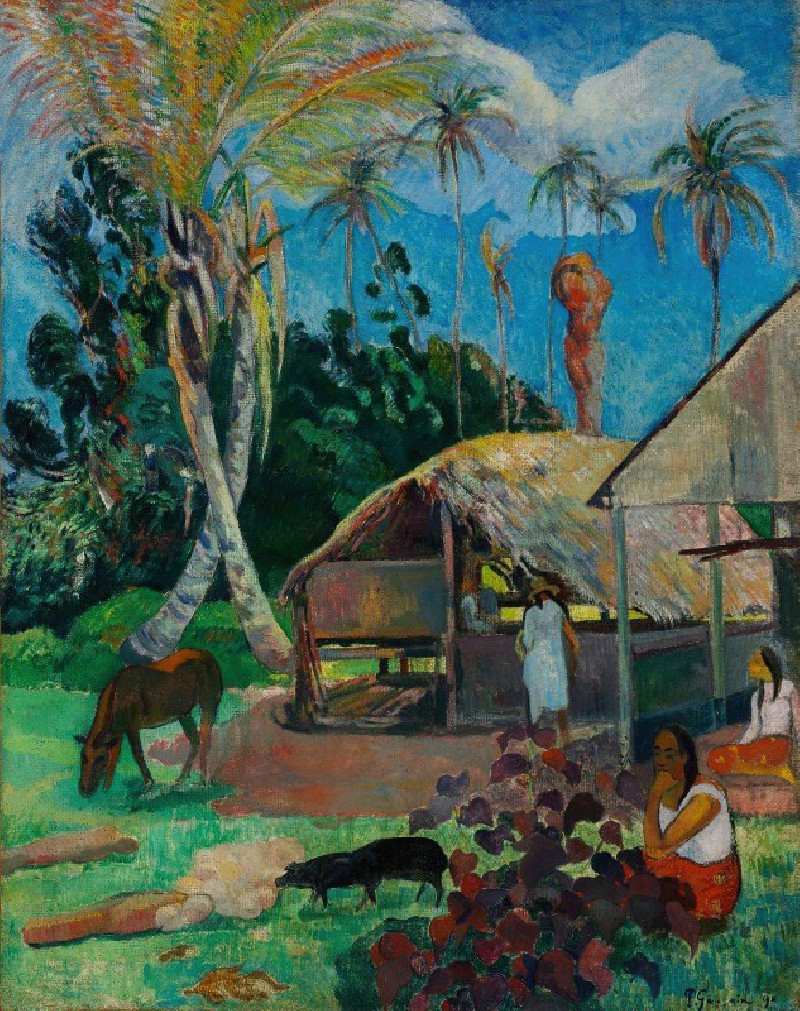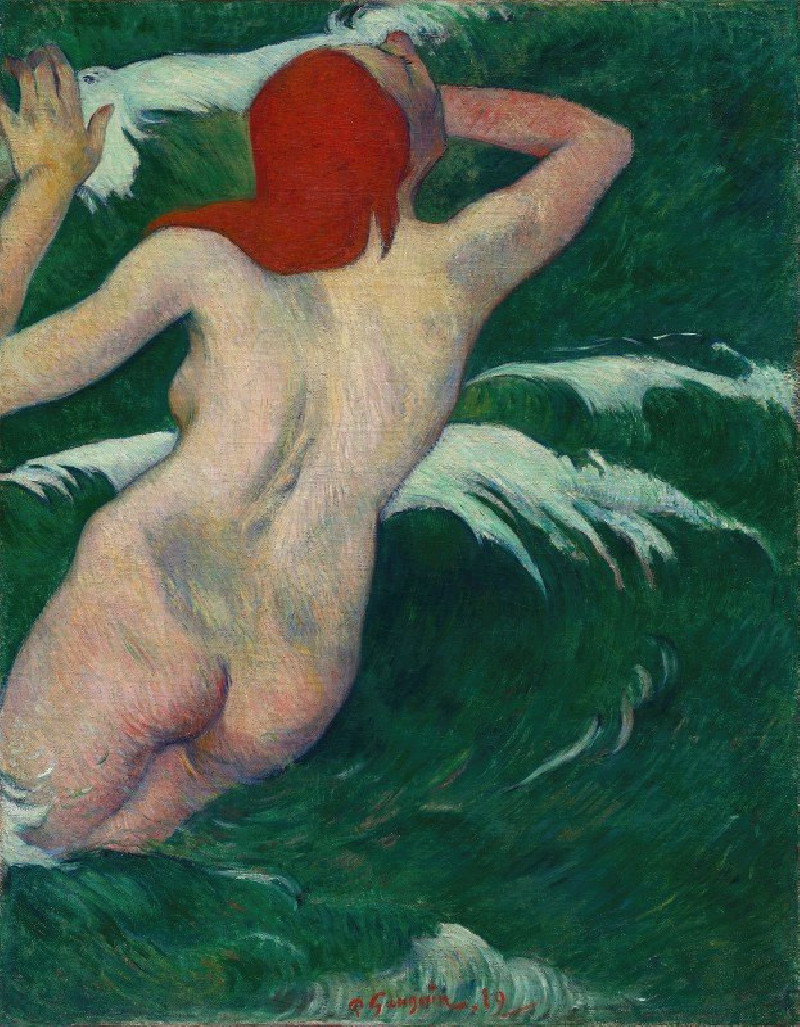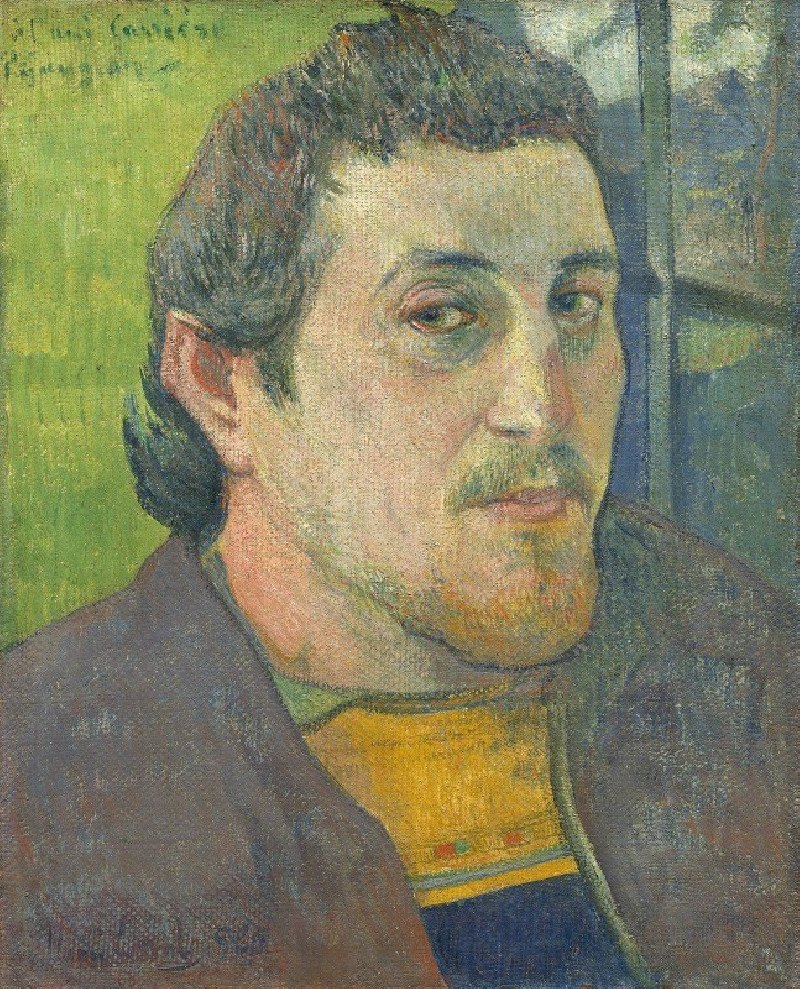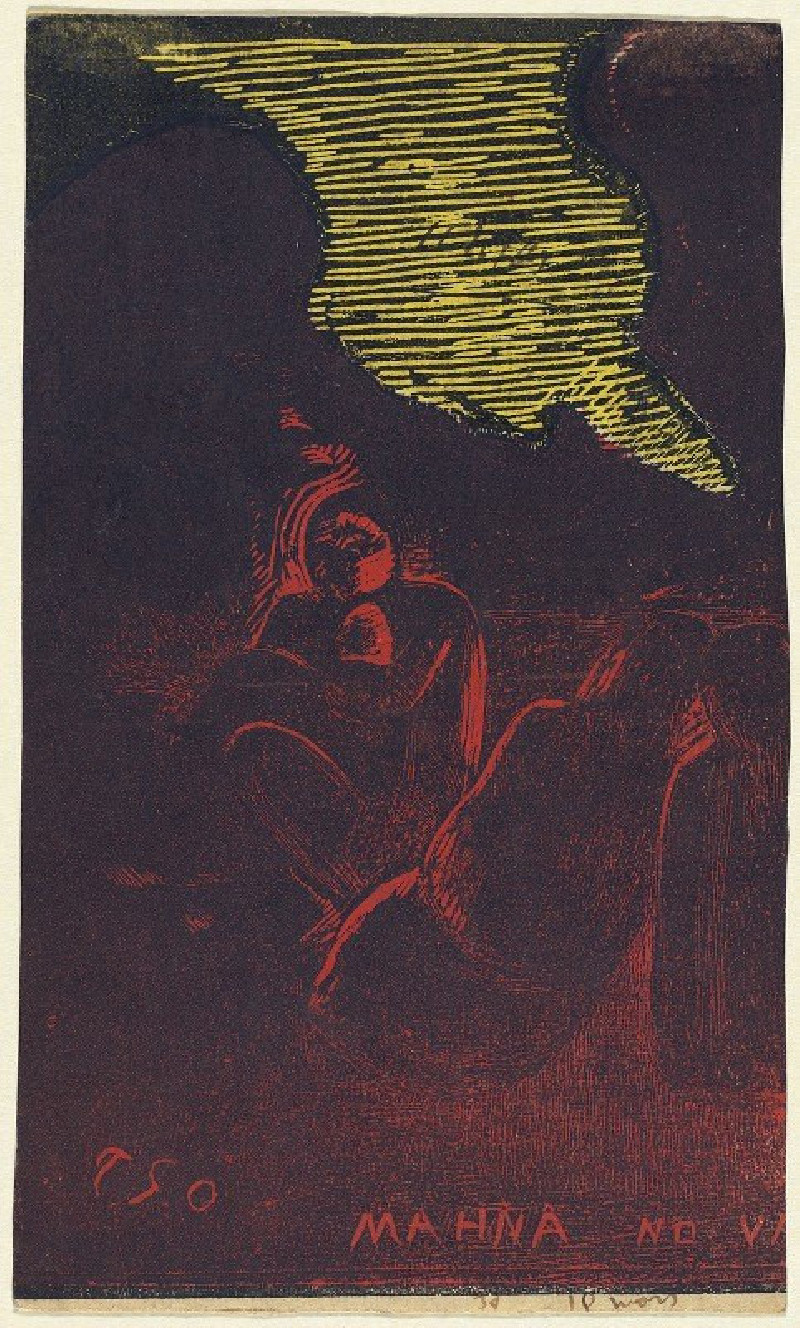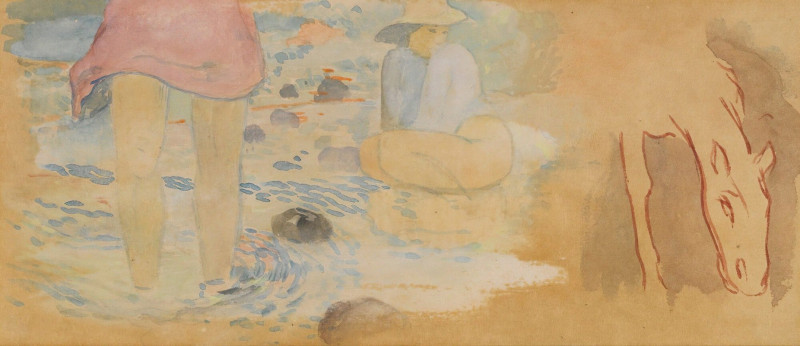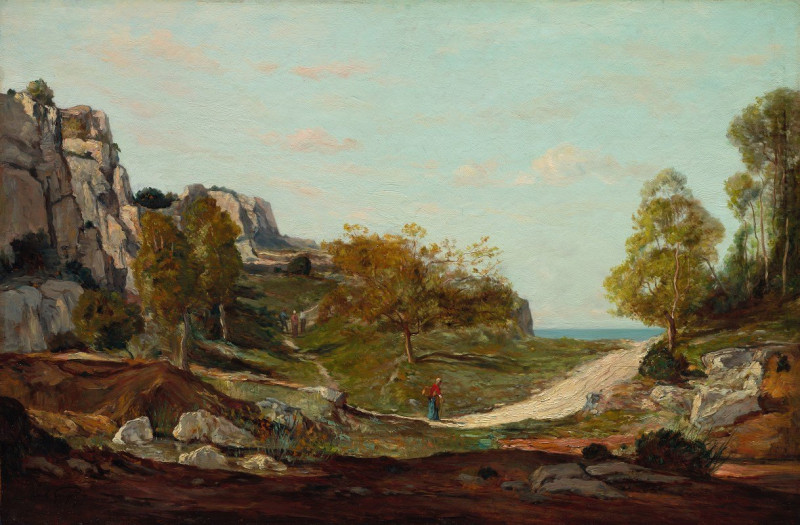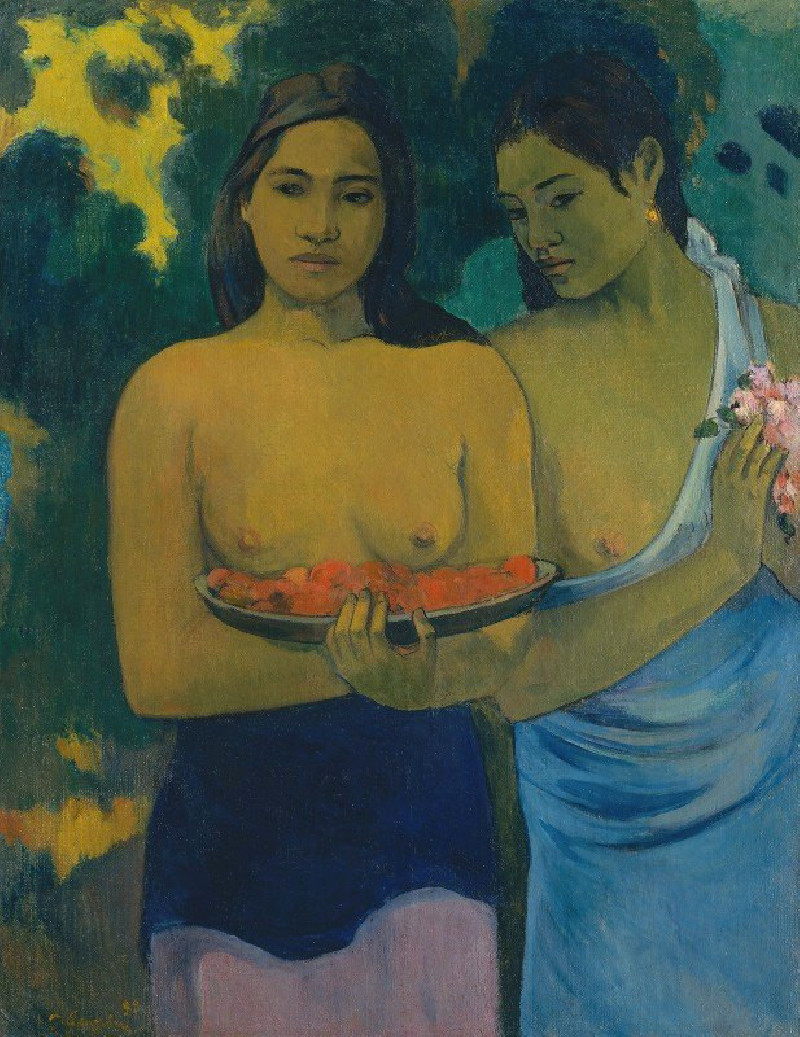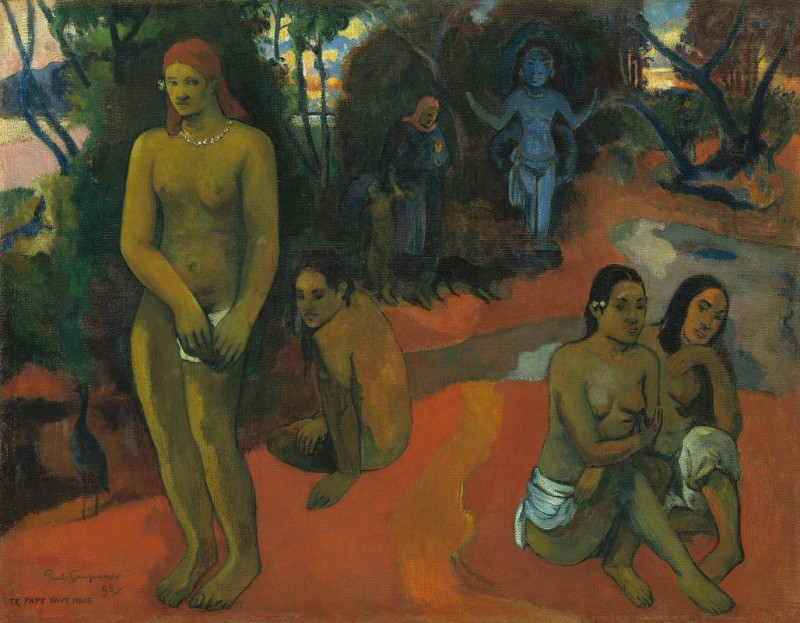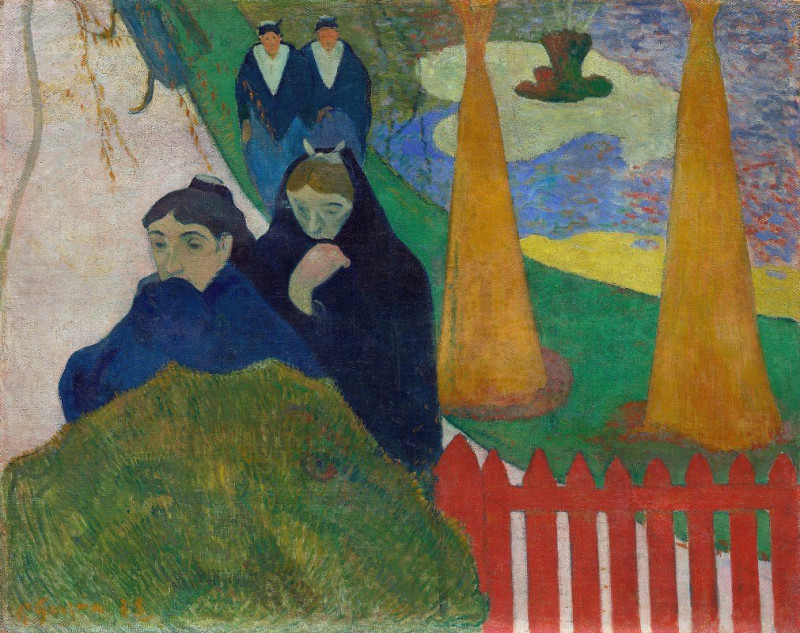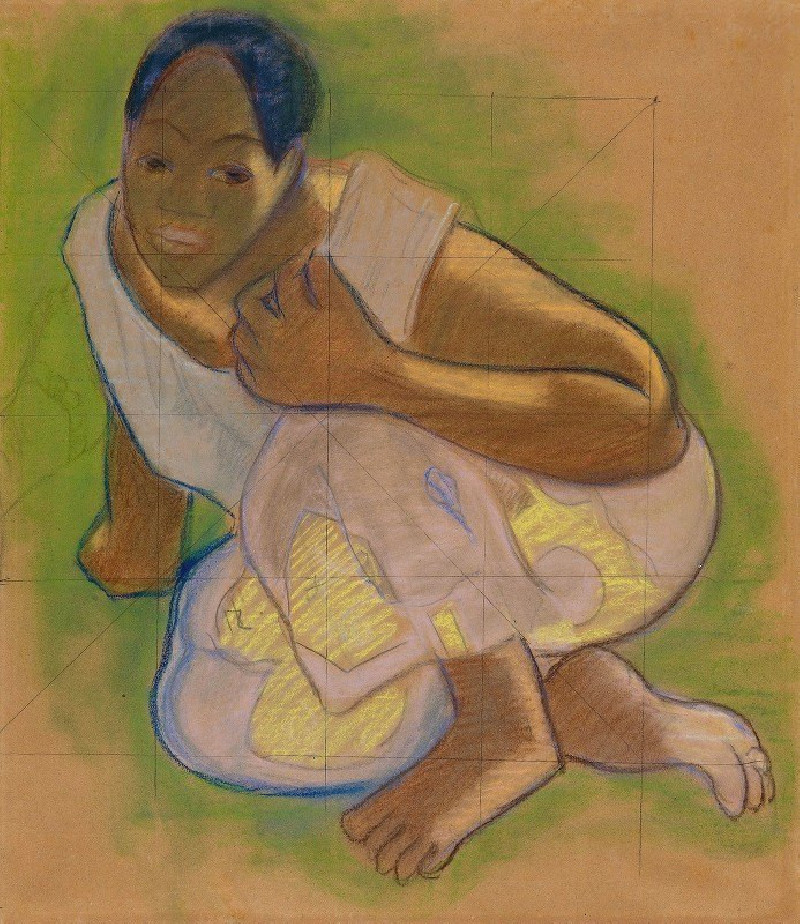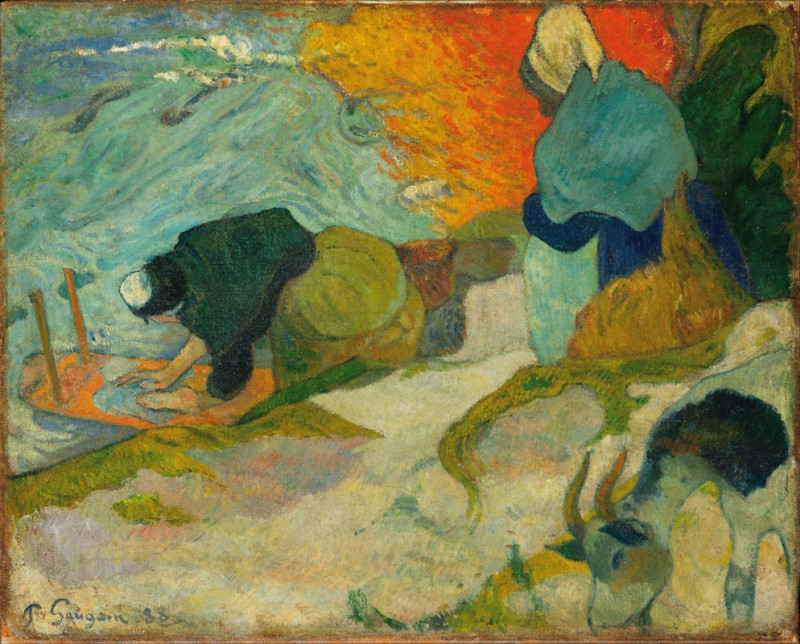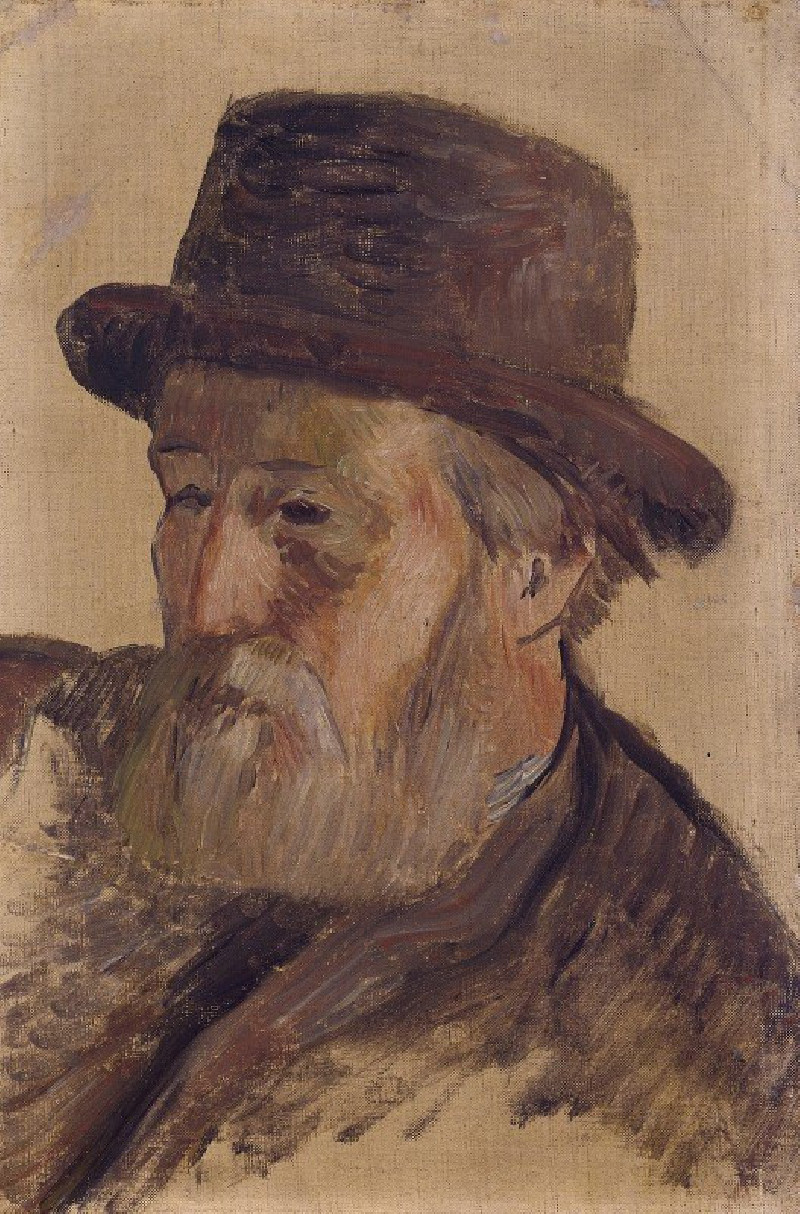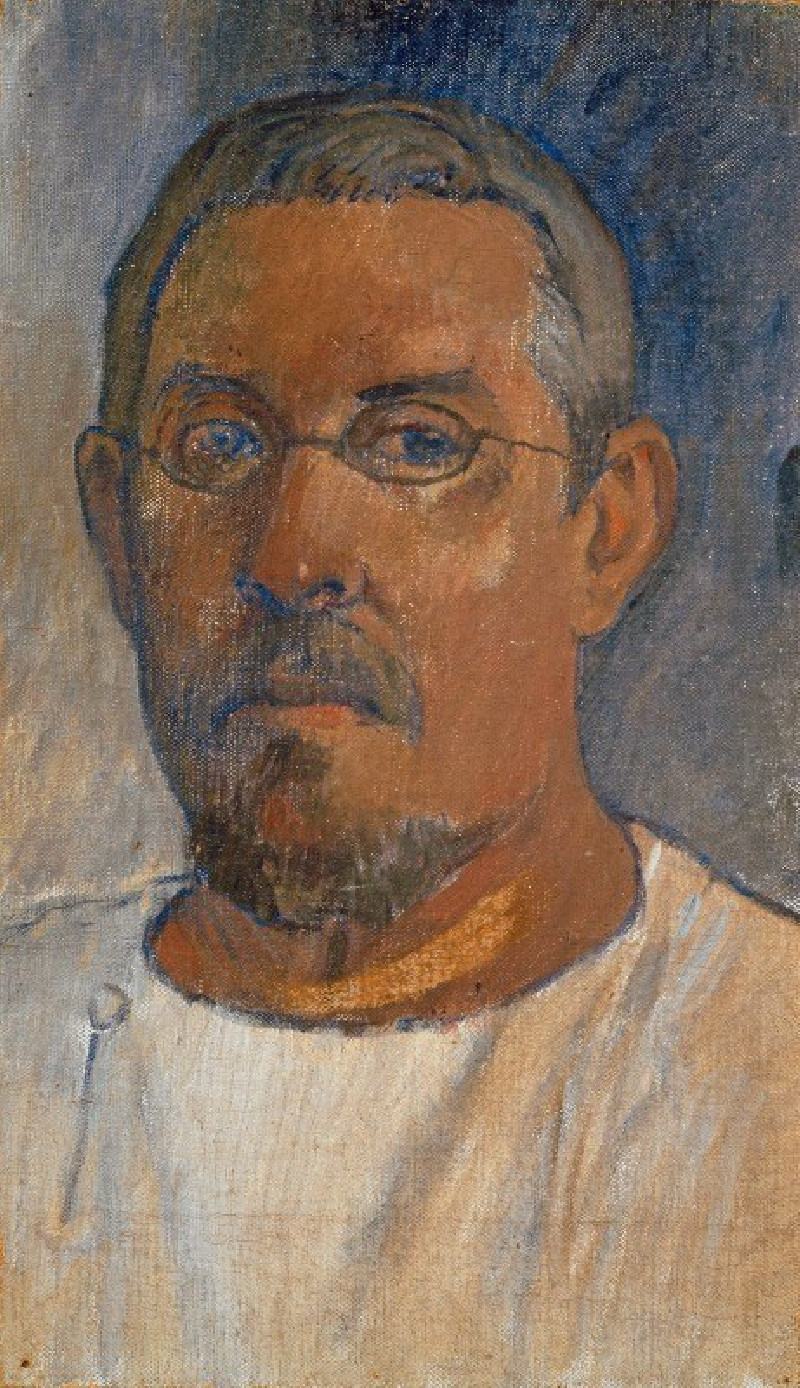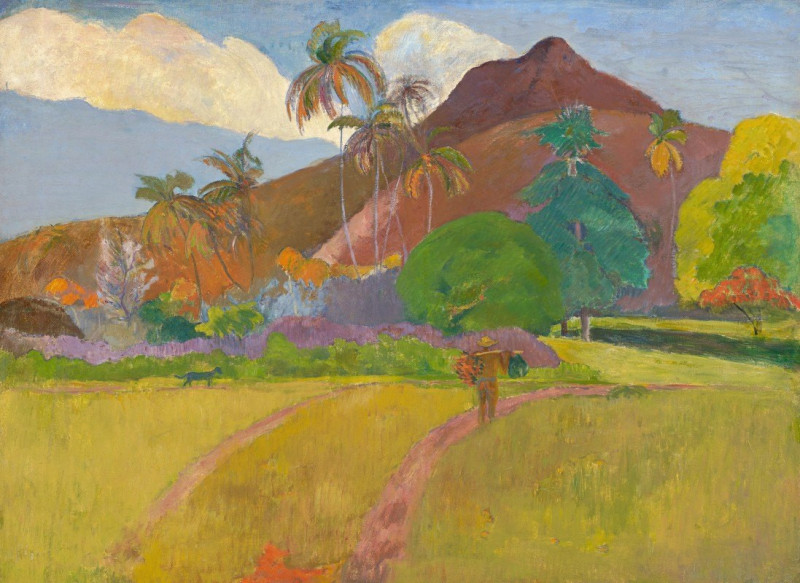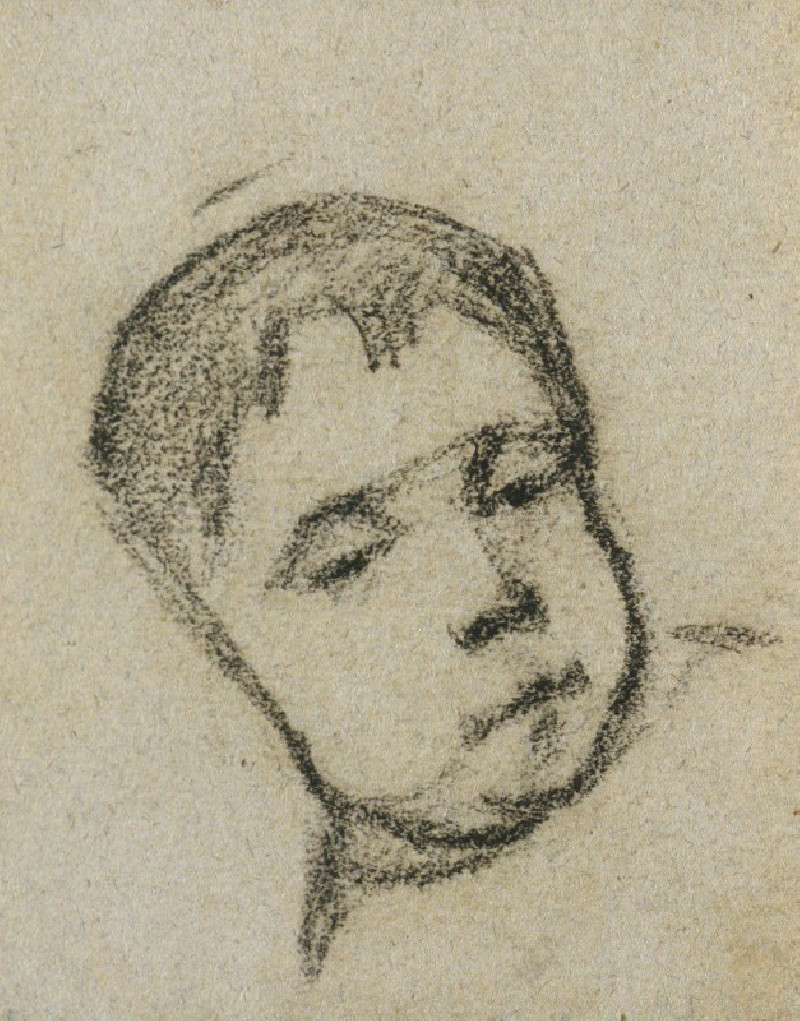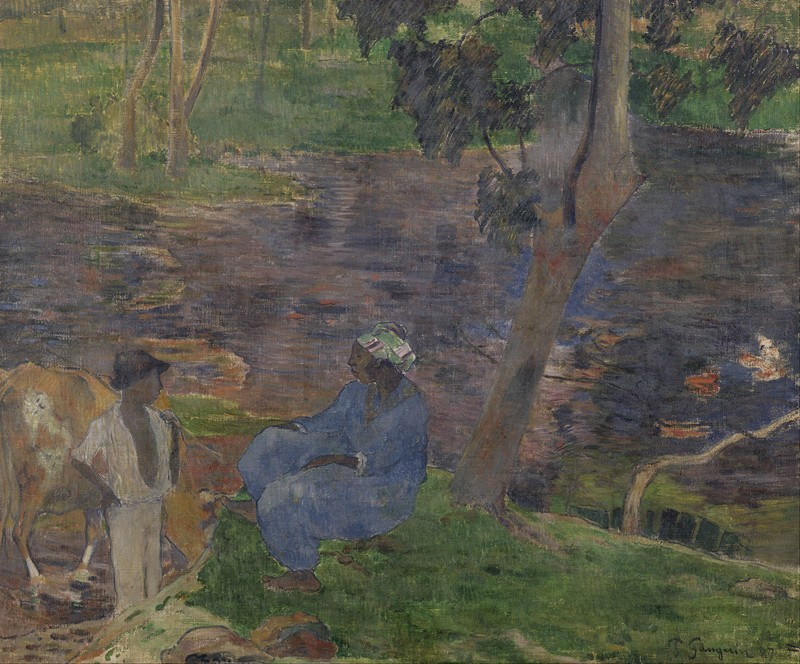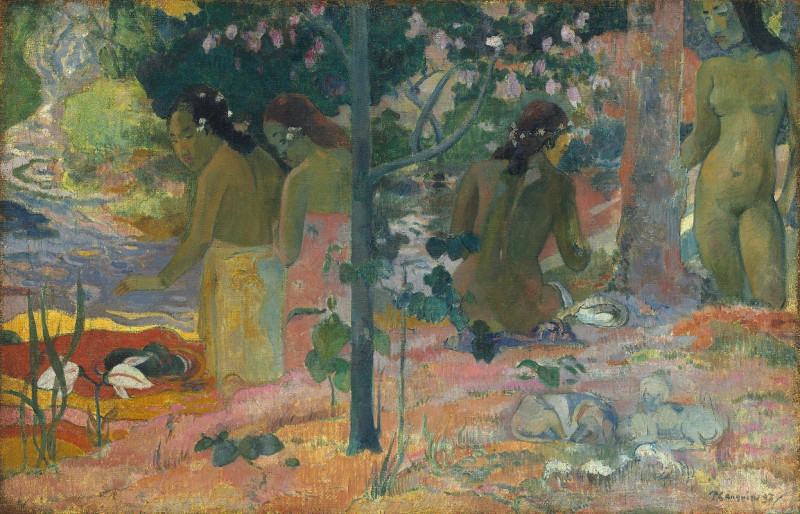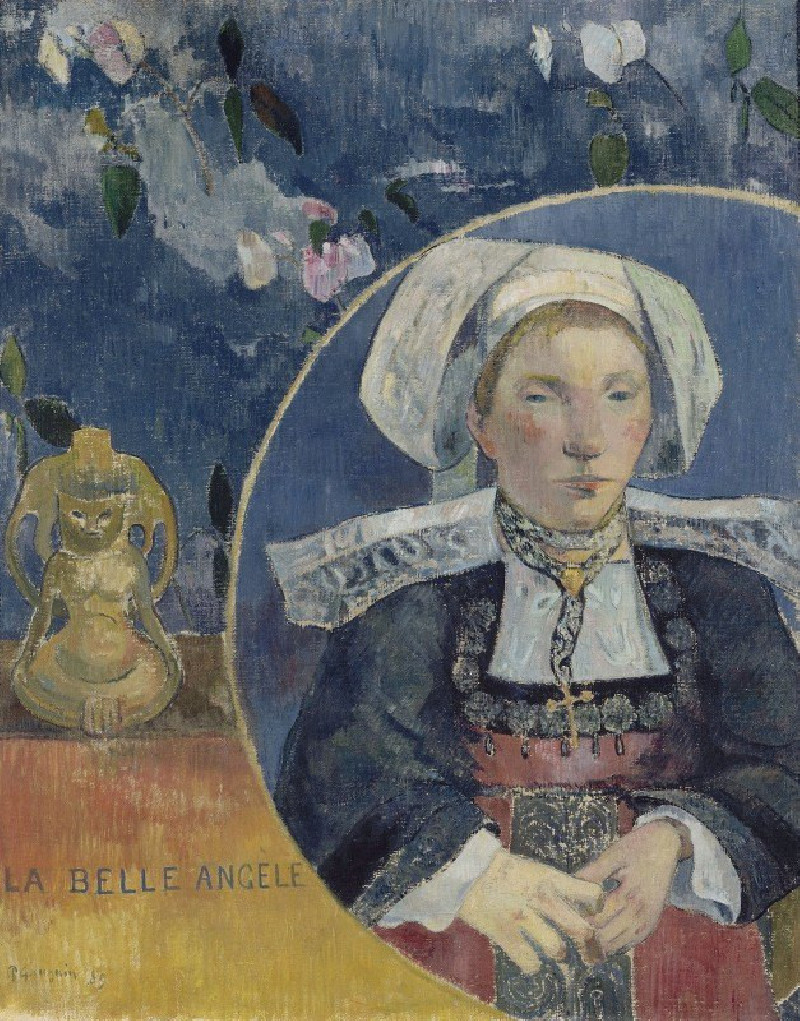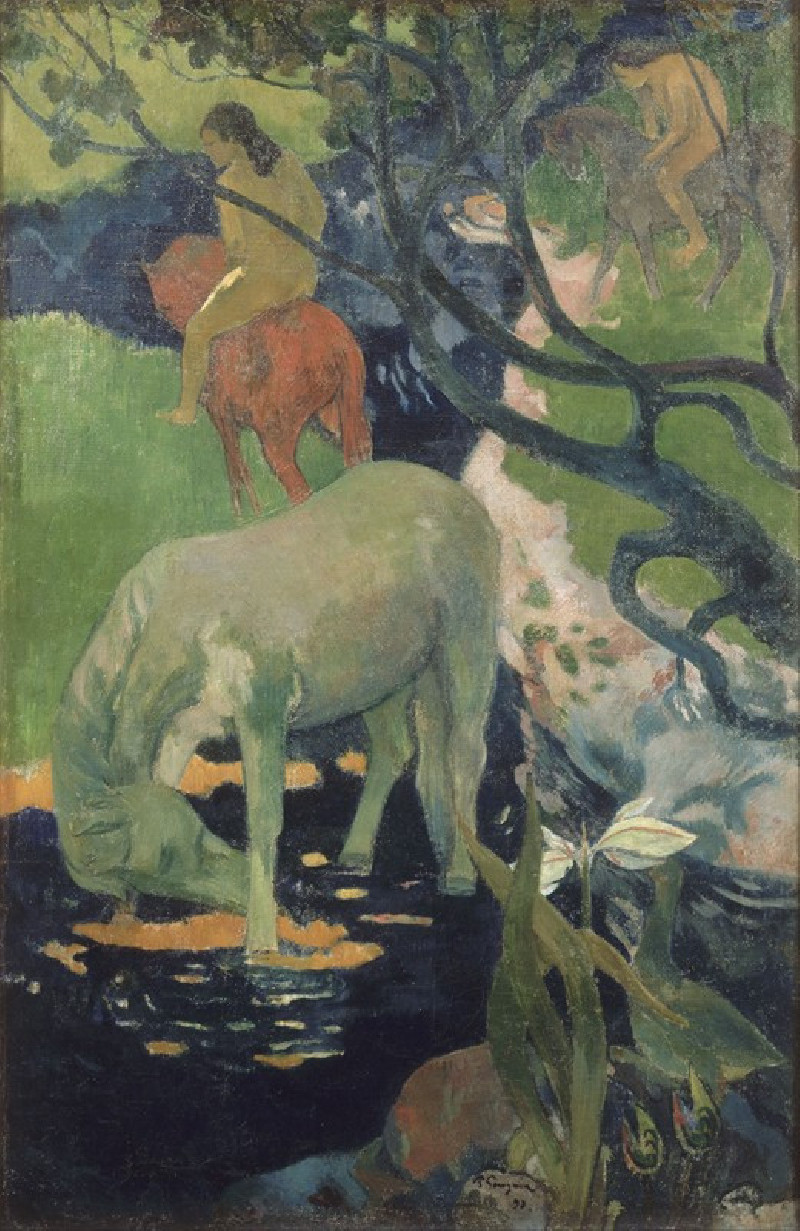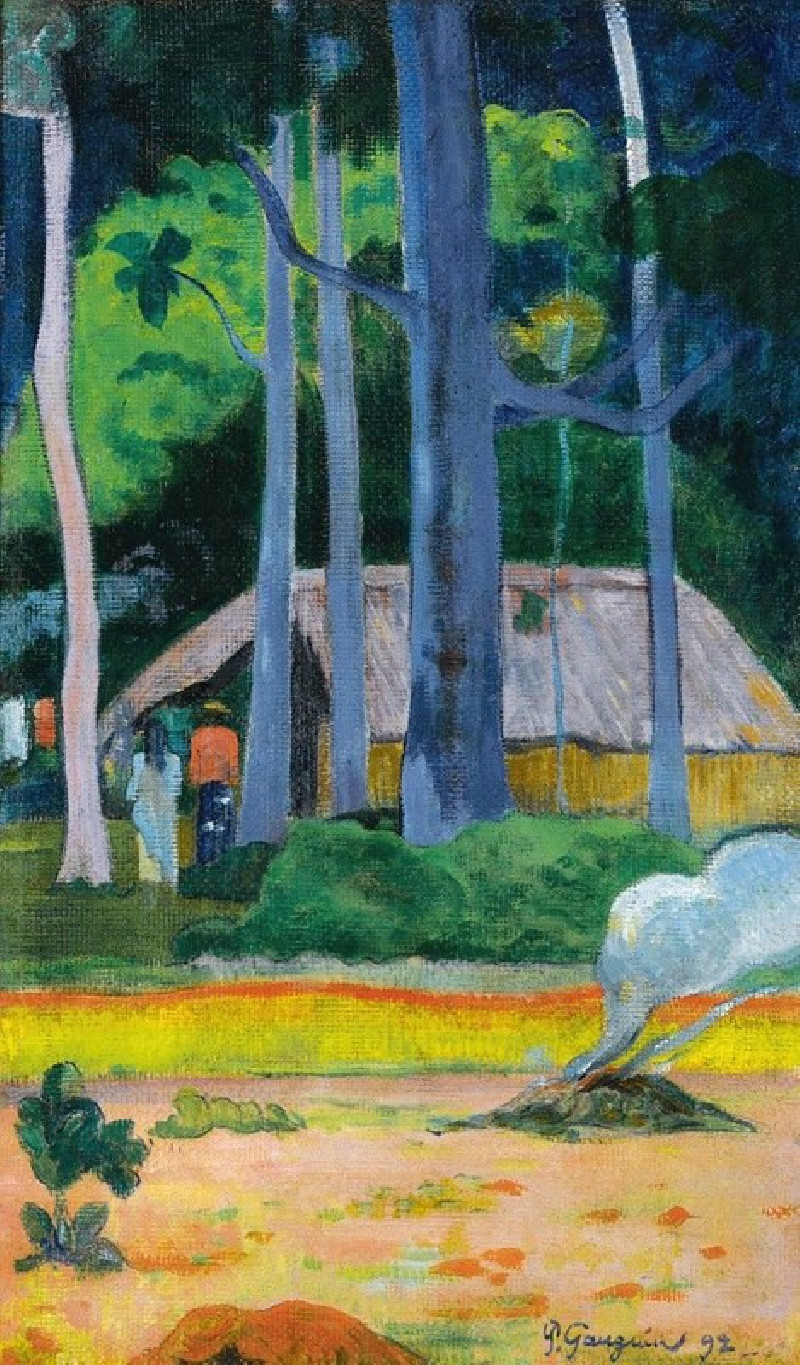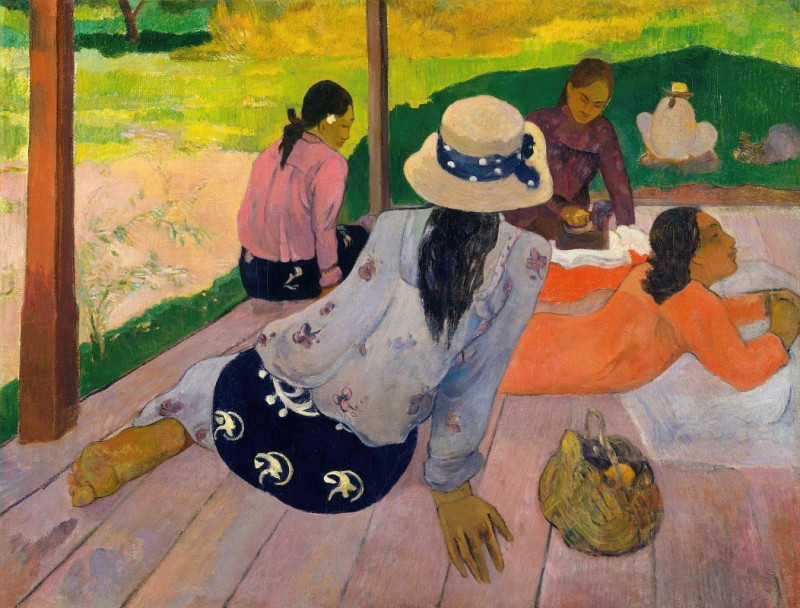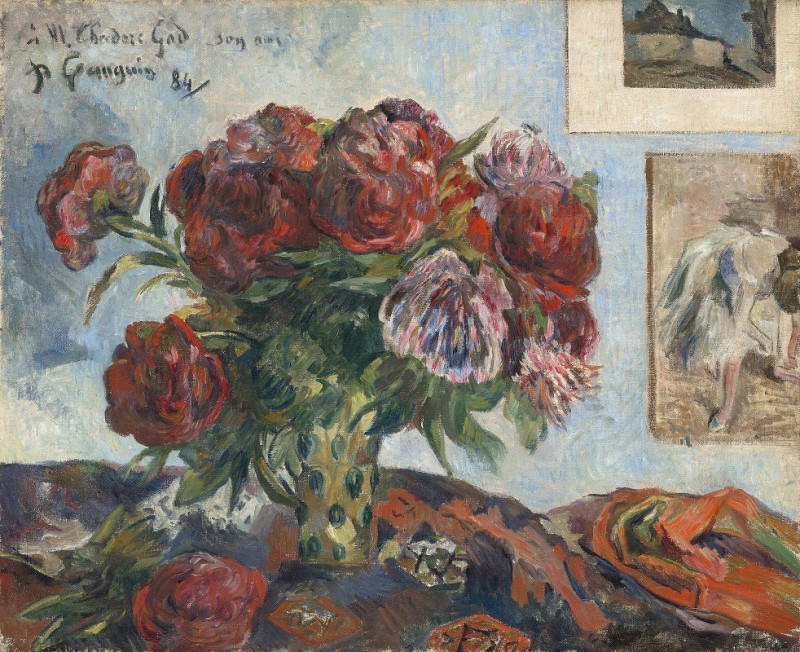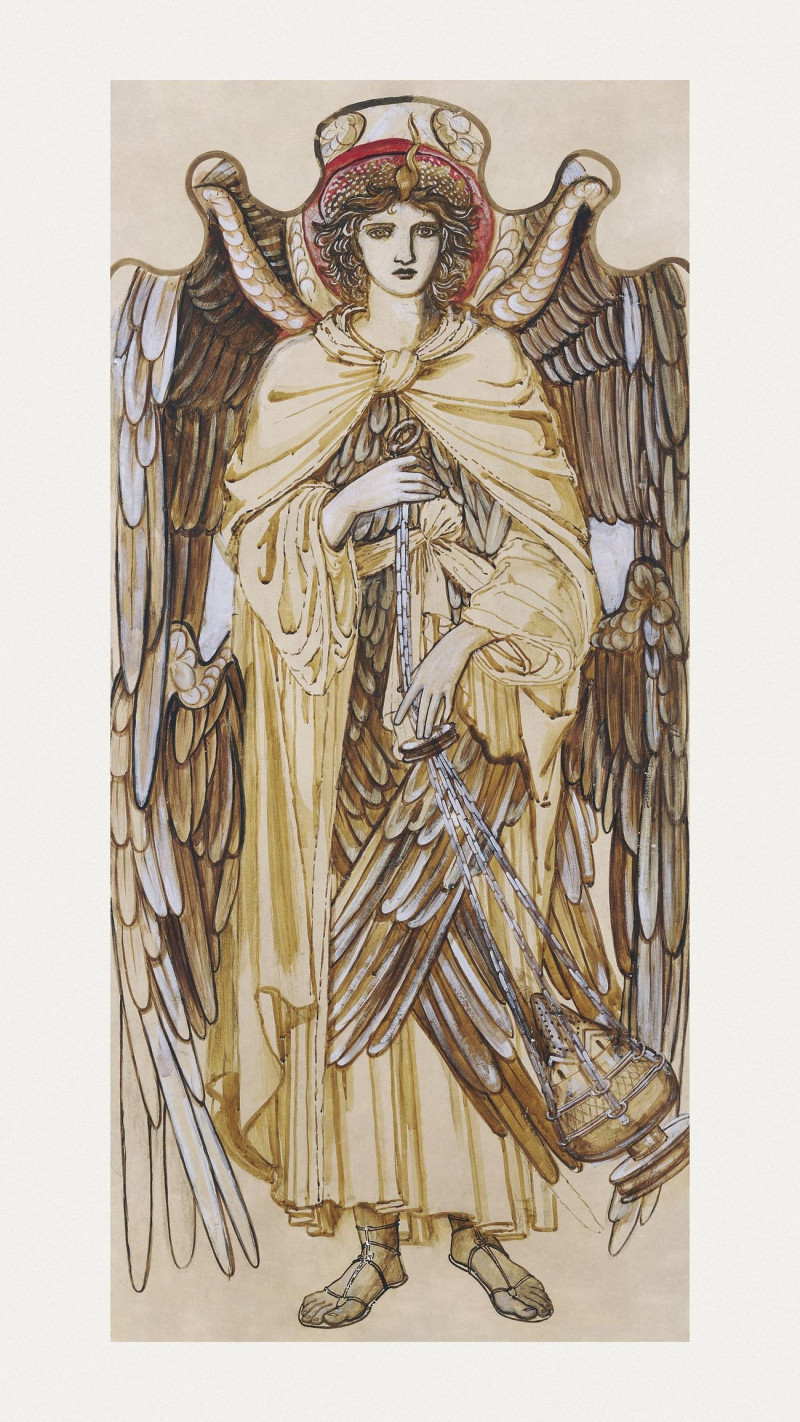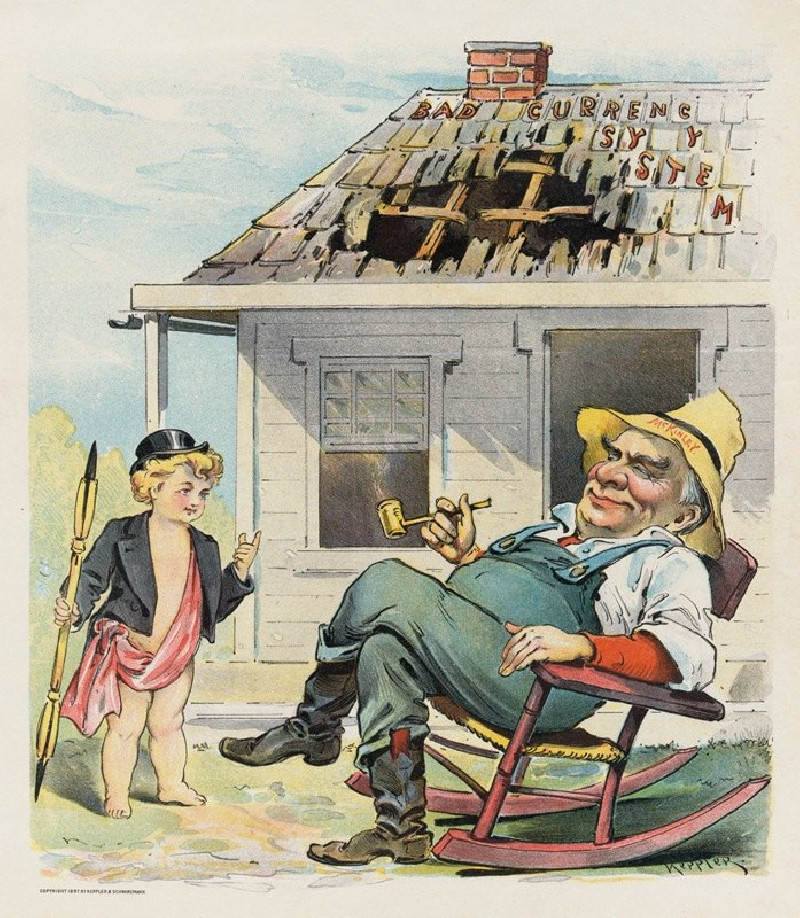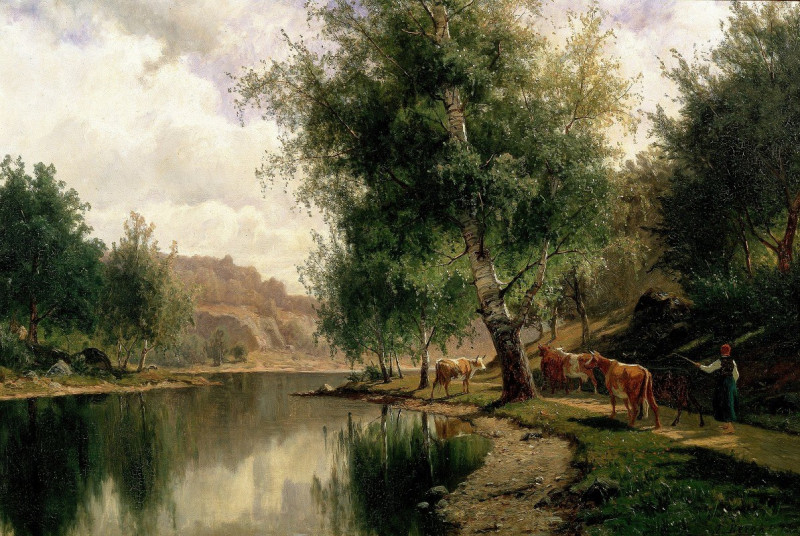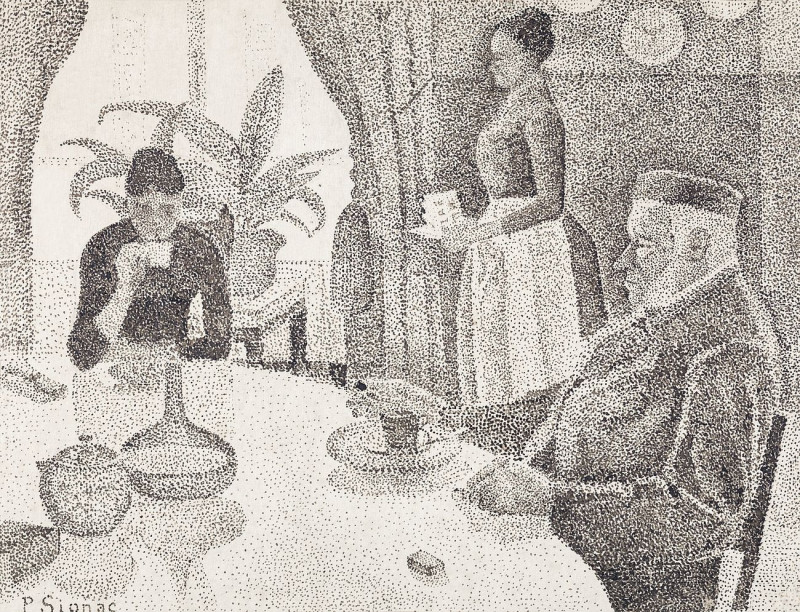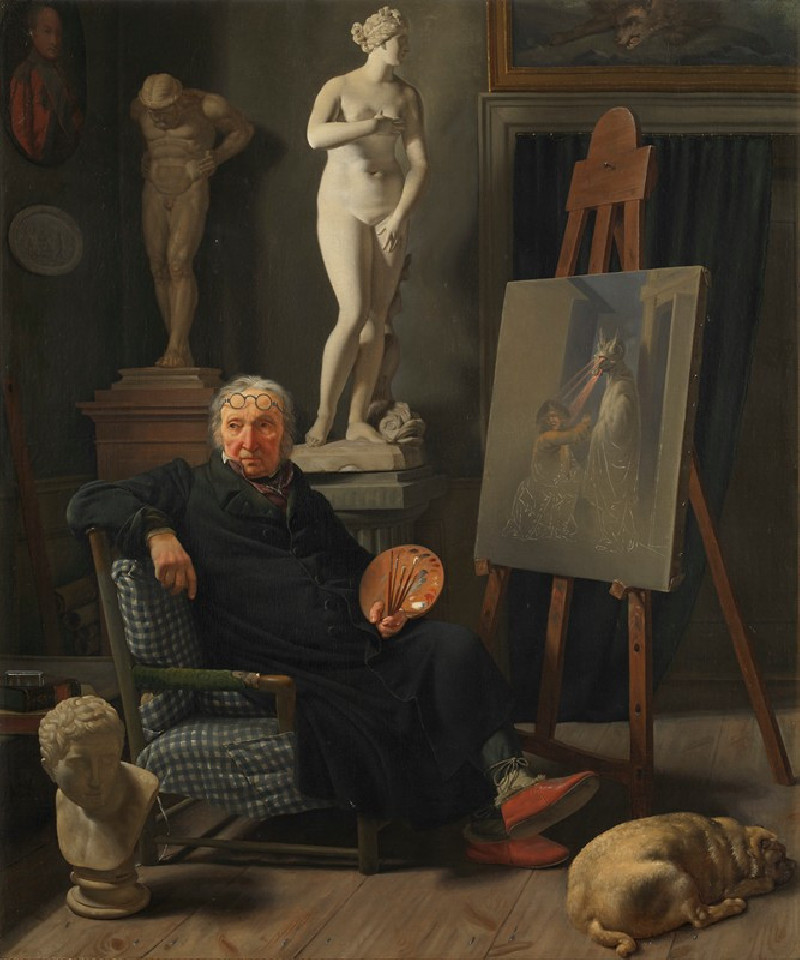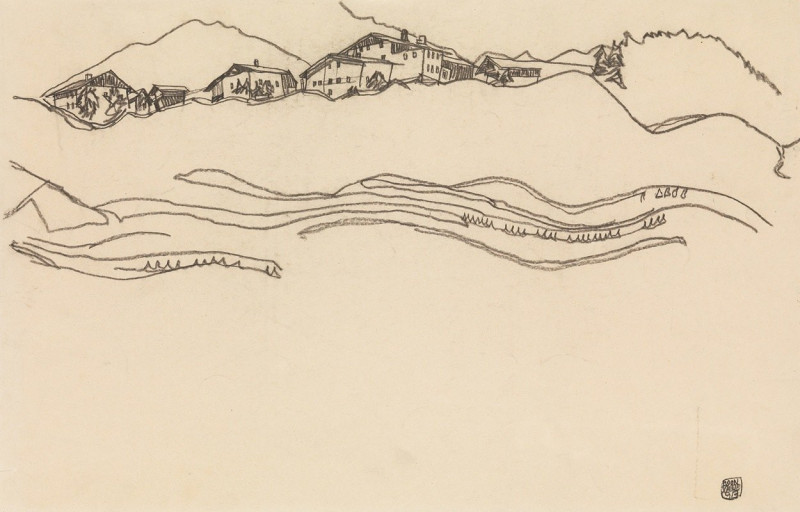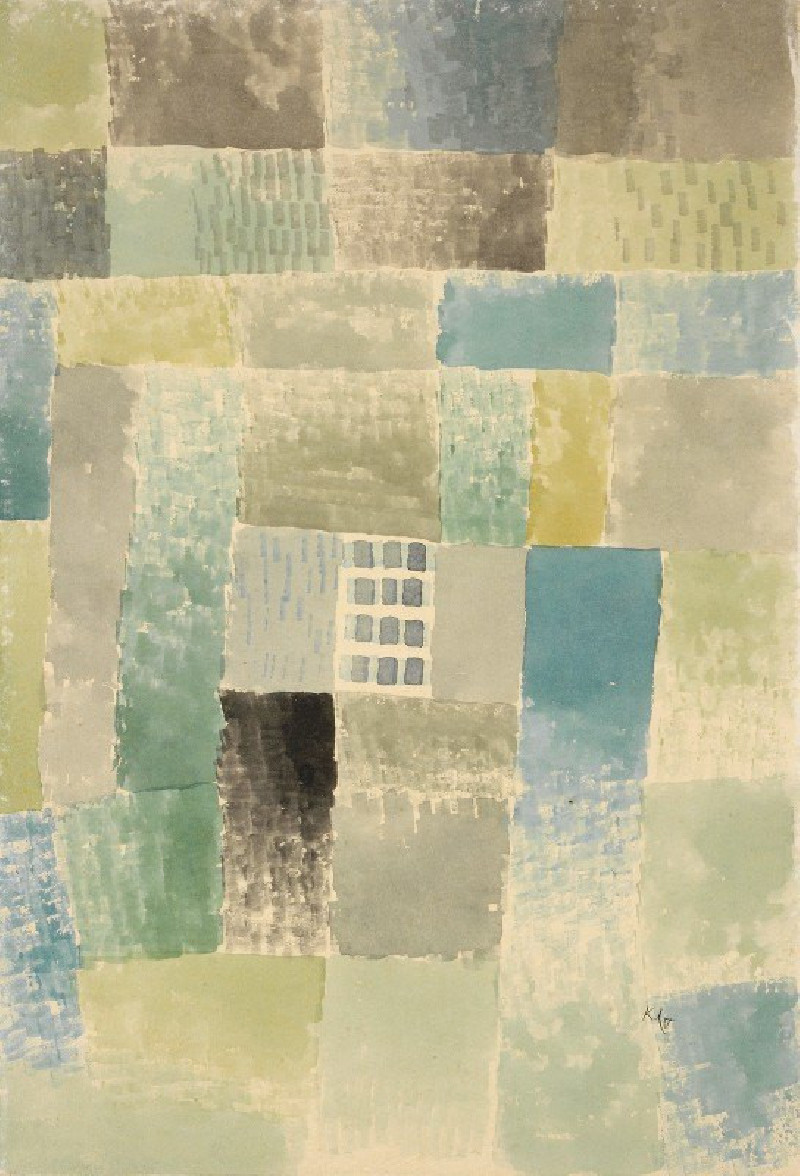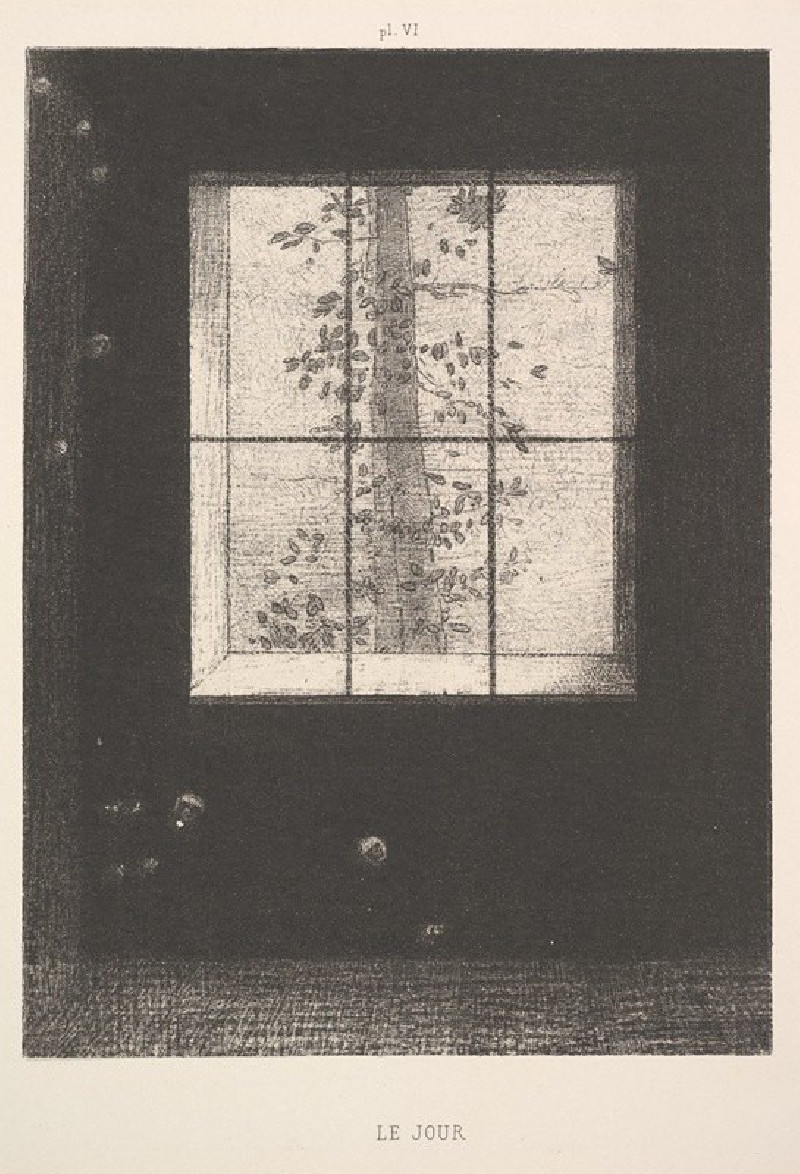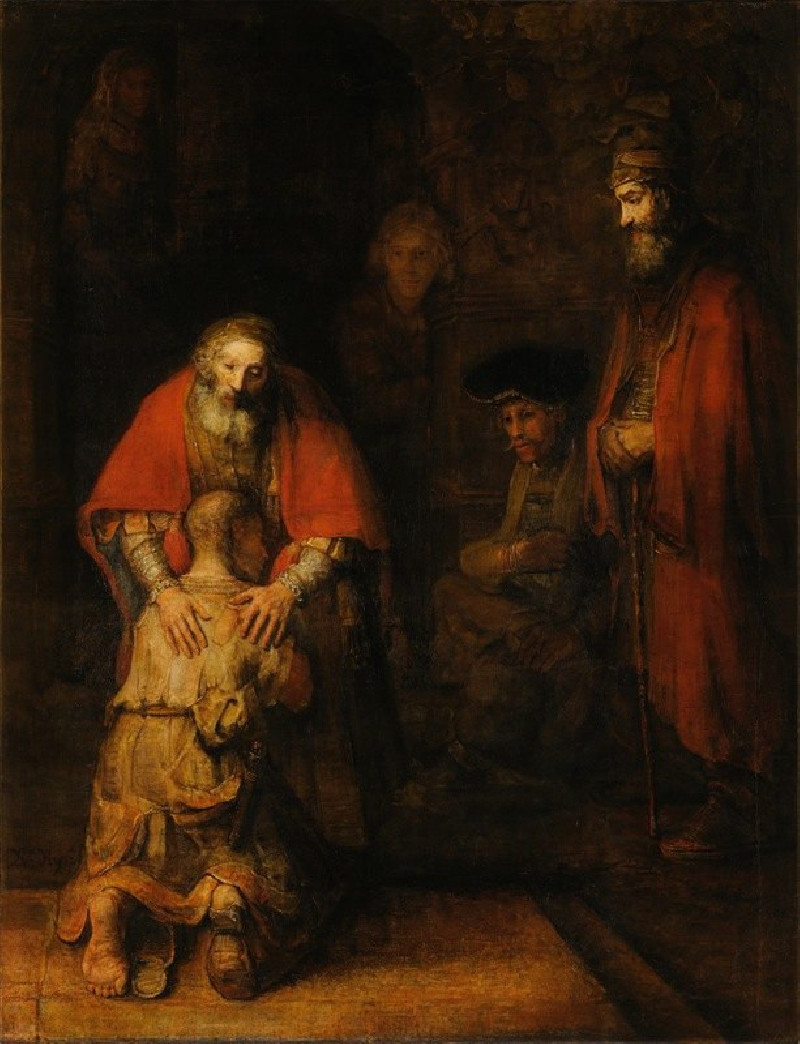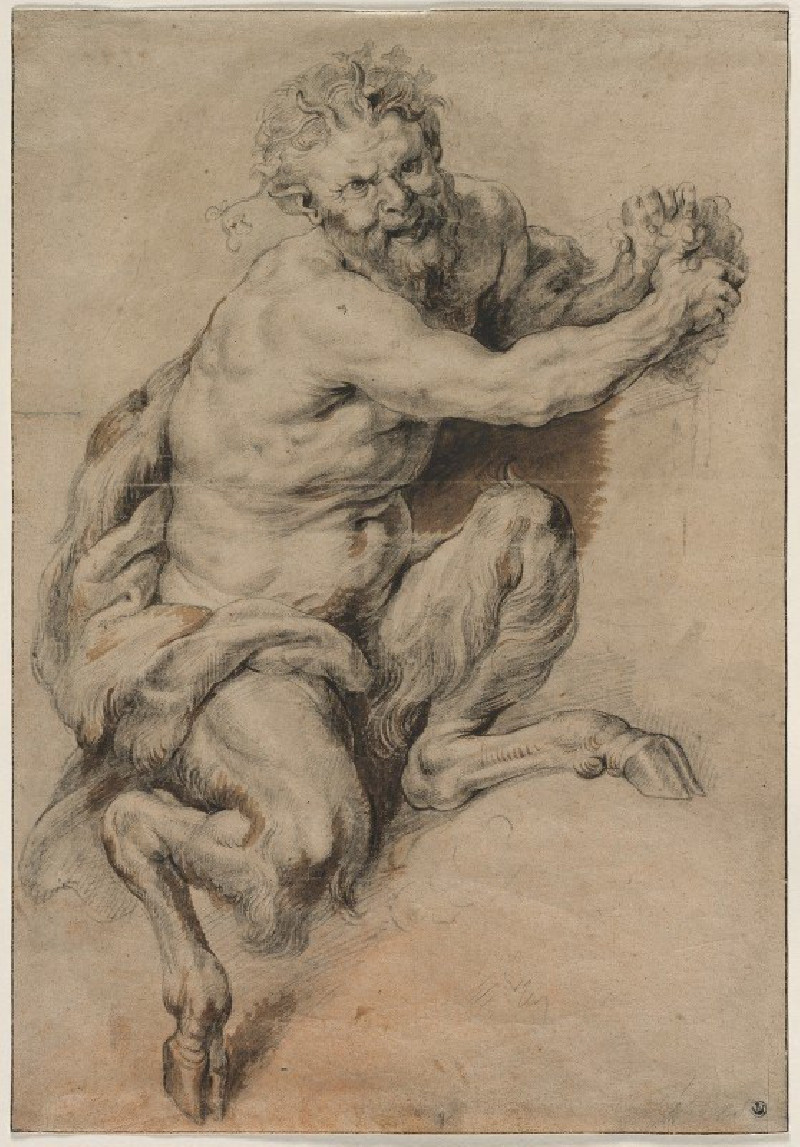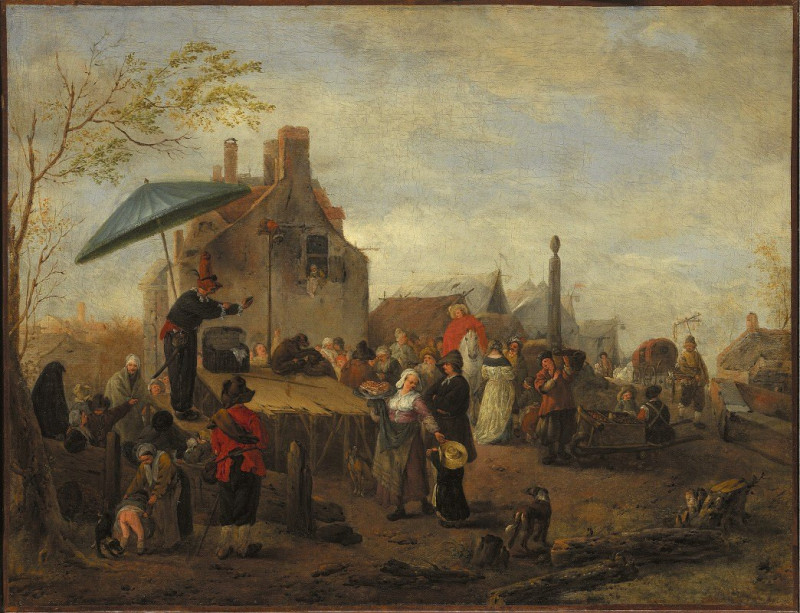Chemin Creux Dans Une Pente Boisée (1884)
Technique: Giclée quality print
Recommended by our customers
More about this artwork
Paul Gauguin, a master of post-impressionism, explores the tranquility and enigmatic beauty of nature in his 1884 painting, "Chemin Creux dans une Pente Boisée". The artwork portrays a secluded, wooded trail, winding deeply into a lush forest. Gauguin's use of vibrant greens and earthy tones captures the dense canopy of trees and the soft undergrowth, creating a sense of depth and serenity.In this composition, Gauguin applies his characteristic swirling brushstrokes, which create a dynamic texture that seems to pulsate with life. The dappled sunlight filters through the foliage, casting patches of light and shadow that enhance the feeling of a secluded, almost mystical environment. A lone figure, small and almost swallowed by the landscape, walks along the path, suggesting themes of solitude and introspection."Chemin Creux dans une Pente Boisée" is a testament to Gauguin's profound connection to nature and his ability to evoke emotion through color and form.
Delivery
Returns
Eugène Henri Paul Gauguin was a French Post-Impressionist artist. Unappreciated until after his death, Gauguin is now recognized for his experimental use of color and Synthetist style that were distinct from Impressionism. Toward the end of his life, he spent ten years in French Polynesia. The paintings from this time depict people or landscapes from that region.


